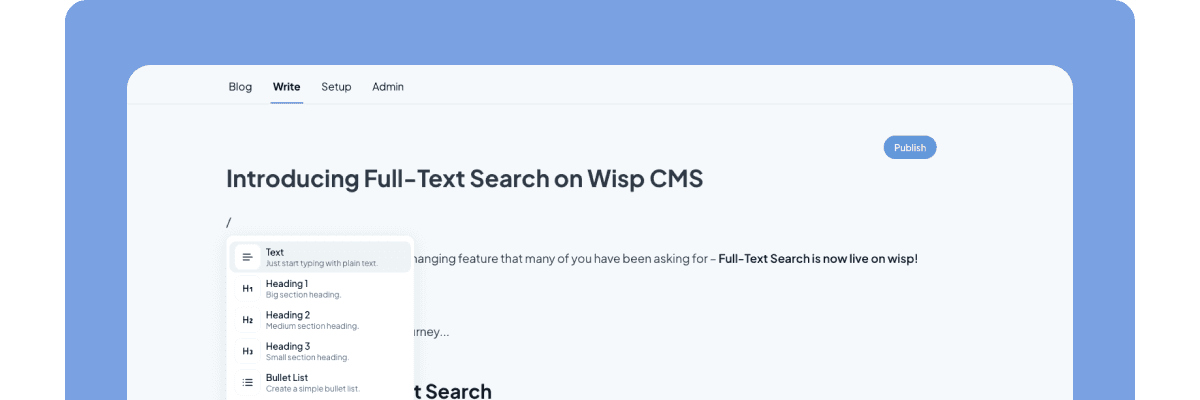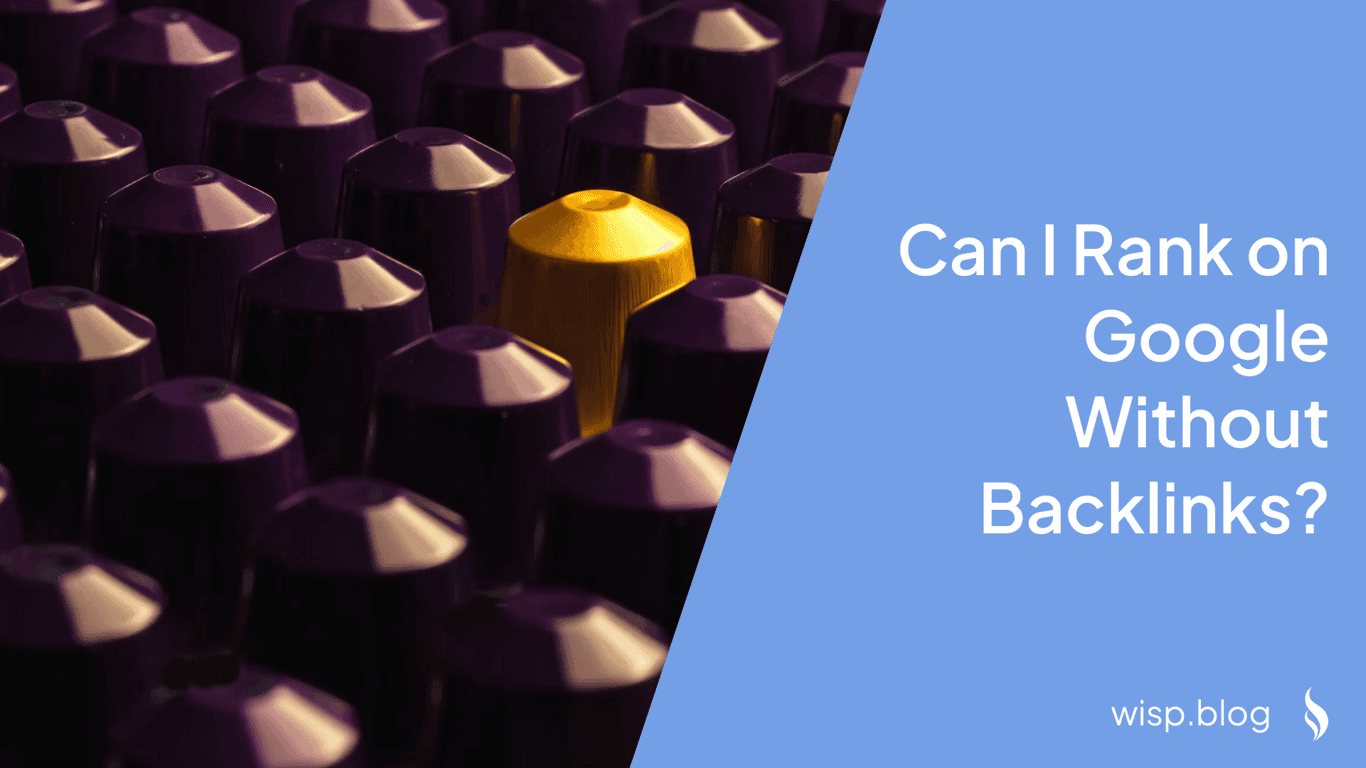 You've published dozens of blog posts on your website, but your traffic isn't growing as expected. When you check your analytics, you notice visitors rarely explore beyond the page they landed on. Even worse, Google seems to rank your competitors higher despite your content being more comprehensive. What's missing? The answer might be in how you structure and connect your content.
You've published dozens of blog posts on your website, but your traffic isn't growing as expected. When you check your analytics, you notice visitors rarely explore beyond the page they landed on. Even worse, Google seems to rank your competitors higher despite your content being more comprehensive. What's missing? The answer might be in how you structure and connect your content.
Content clusters and strategic internal linking could be the solution you need. By organizing related content and connecting it thoughtfully, you can transform your isolated blog posts into a powerful, interconnected content ecosystem that both users and search engines love.
What Are Content Clusters?
Content clusters are groups of related content organized around a central theme or topic. This content strategy has three main components:
Pillar Pages: Comprehensive resources covering broad topics that serve as the foundation of your cluster
Cluster Pages: More focused articles that explore specific aspects of the main topic in greater detail
Internal Links: The connections that bind these pages together, creating a coherent structure
Why Content Clusters Matter
"An SEO said that I shouldn't cover certain topics because they didn't belong to existing clusters," shared one Reddit user, highlighting a common misconception about content clusters. The truth is, content clusters aren't meant to restrict your content—they're designed to organize it in a way that benefits both users and search engines.
Content clusters deliver several key benefits:
Improved User Experience: Visitors can easily find related information, increasing engagement and time on site
Enhanced SEO Performance: Search engines better understand your site's structure and topical authority
Reduced Keyword Cannibalization: Proper clustering prevents your pages from competing against each other
Increased Content Discoverability: Internal links help users and search engines discover more of your content
Authority Building: Comprehensive coverage of topics positions your site as an authoritative source
According to Yoast, websites that implement content clusters effectively often see significant improvements in search rankings and organic traffic.
Step-by-Step Guide to Creating Content Clusters
1. Identify Your Core Topics
Start by identifying the primary topics relevant to your business or website. These will become your pillar content themes. For example, a digital marketing agency might focus on topics like:
Search Engine Optimization
Content Marketing
Social Media Marketing
Email Marketing
Pay-Per-Click Advertising
When selecting your core topics, focus on areas where:
You have expertise and valuable insights to share
There's sufficient audience interest and search volume
The topic aligns with your business goals and offerings
"The key is being strategic, not just adding random links," notes an experienced SEO professional on Reddit. This strategic approach starts with choosing the right topics.
2. Create Your Pillar Content
Pillar content serves as the foundation of your content cluster. This should be comprehensive, evergreen content that broadly covers your main topic. Your pillar page should:
Provide a complete overview of the topic
Touch on all the major subtopics (which will become your cluster content)
Include relevant keywords without keyword stuffing
Be substantial (typically 2,000+ words)
Offer genuine value to readers at different knowledge levels
One Reddit user expressed frustration that an SEO consultant told them "I should first write separate full-length articles on 'What', 'Why', 'How' etc. for each new topic first, before writing the specific article I wanted to write." While this approach might seem excessive, there's logic behind establishing foundational content before diving into specifics.
Your pillar content doesn't need to explore every subtopic in depth—that's what your cluster content is for. Instead, it should serve as a hub that connects all related content in a logical way.
3. Develop Supporting Cluster Content
Once your pillar content is in place, develop more specific content pieces that dive deeper into individual aspects of your main topic. These cluster pages should:
Focus on long-tail keywords related to your main topic
Provide in-depth information on a specific subtopic
Link back to the pillar page and other relevant cluster content
Address specific questions, challenges, or use cases
For example, if your pillar page is about "Content Marketing," your cluster content might include articles like:
"How to Create an Editorial Calendar for Content Marketing"
"10 Content Marketing Metrics That Actually Matter"
"B2B vs. B2C Content Marketing: Key Differences"
"Content Marketing Case Studies: Success Stories from Real Businesses"
4. Implement Strategic Internal Linking
Internal linking is what transforms a collection of related articles into a true content cluster. As content continues to grow, many site owners struggle with this aspect. "That sounds like a lot of pain as the quantity of posts grows," noted one Reddit user discussing the challenge of maintaining internal links.
Here's how to implement effective internal linking for your content clusters:
Link from Pillar to Cluster ContentYour pillar page should link to all related cluster pages. These links help users navigate to more specific information and distribute link equity throughout your cluster. Use descriptive anchor text that includes relevant keywords when appropriate.
Link from Cluster to Pillar ContentEach cluster page should link back to the pillar page, reinforcing the relationship between these pieces of content. This helps search engines understand the hierarchical structure of your content.
Cross-Link Between Cluster ContentWhere relevant, link between cluster pages to create a web of interconnected content. However, be careful not to overdo it—as one SEO professional warned, "Linking based on relationship rules or 'semantically' will just create loop-soup and you'll introduce cannibalization."
Use Descriptive Anchor TextAvoid generic anchor text like "click here" or "read more." Instead, use descriptive anchor text that gives users and search engines context about the linked page. For example, instead of "learn more about SEO," use "learn more about on-page SEO techniques."
5. Leverage Tools for Efficient Internal Linking
"Isn't there any tool that automates or helps this?" asked one Reddit user about internal linking. Fortunately, several tools can help streamline the process:
Link Whisper: A WordPress plugin that suggests relevant internal linking opportunities as you write
LinkBoss: Helps automate internal linking for WordPress sites with customizable rules
Google Search Console (GSC): Identifies existing links and potential linking opportunities
SEO platforms like Semrush and Ahrefs: Offer content audit features that can help identify internal linking opportunities
While automation tools can simplify the process, remember that "It doesn't matter if you do it manually or automated, if it works for the users," as one SEO professional aptly put it. The focus should always be on creating value for your audience.
Best Practices for Content Clusters and Internal Linking
Focus on User Experience
Always prioritize user experience when creating content clusters and internal links. Ask yourself:
Does this link provide additional value to the reader?
Is the destination page relevant to what the user is currently reading?
Will this link help users find the information they're looking for?
As one experienced SEO noted, "If you only link if it helps the reader," you're on the right track.
Avoid Common Pitfalls
1. Keyword CannibalizationWhen multiple pages target the same keywords, they can compete against each other in search results. To avoid this:
Ensure each cluster page targets distinct aspects of your main topic
Use different primary keywords for each page while maintaining topical relevance
Consolidate similar content when appropriate
Too many internal links can dilute their value and confuse both users and search engines. One Reddit user warned about creating "loop-soup" by linking articles indiscriminately. To avoid this:
Only add links that provide genuine value
Prioritize quality over quantity
Focus on creating a logical hierarchy rather than linking everything to everything
Some pages on your site naturally attract more external links and authority. Use these high-authority pages strategically by linking from them to important pages that need a ranking boost.
Maintain and Update Your Content Clusters
Content clusters aren't a "set it and forget it" strategy. As your content grows and evolves:
Regularly audit your content to identify new linking opportunities
Update older content to link to newer, relevant articles
Check for broken links that could disrupt your cluster structure
Refine your pillar content to ensure it remains comprehensive and up-to-date
Measuring the Impact of Your Content Clusters
To evaluate the effectiveness of your content clusters, monitor:
Organic traffic to pages within your clusters
Time on page and pages per session metrics
Ranking improvements for target keywords
Internal link click-through rates (visible in Google Analytics)
Crawl stats in Google Search Console
Conclusion
Creating effective content clusters through strategic internal linking is a powerful way to enhance your website's SEO performance while providing a better user experience. By organizing your content into logical, interconnected clusters, you make it easier for both users and search engines to navigate your site and understand your expertise on specific topics.
Remember that content clustering isn't about restricting your content—it's about organizing it in a way that maximizes its impact. As your content library grows, maintaining these clusters may become more challenging, but the SEO benefits and improved user experience make it well worth the effort.
Whether you choose to implement internal linking manually or with the help of tools like Link Whisper, the key is to create meaningful connections between related content that guides users through your site while establishing your topical authority. By following the steps outlined in this guide, you'll be well on your way to creating content clusters that drive sustainable organic traffic and engagement.



